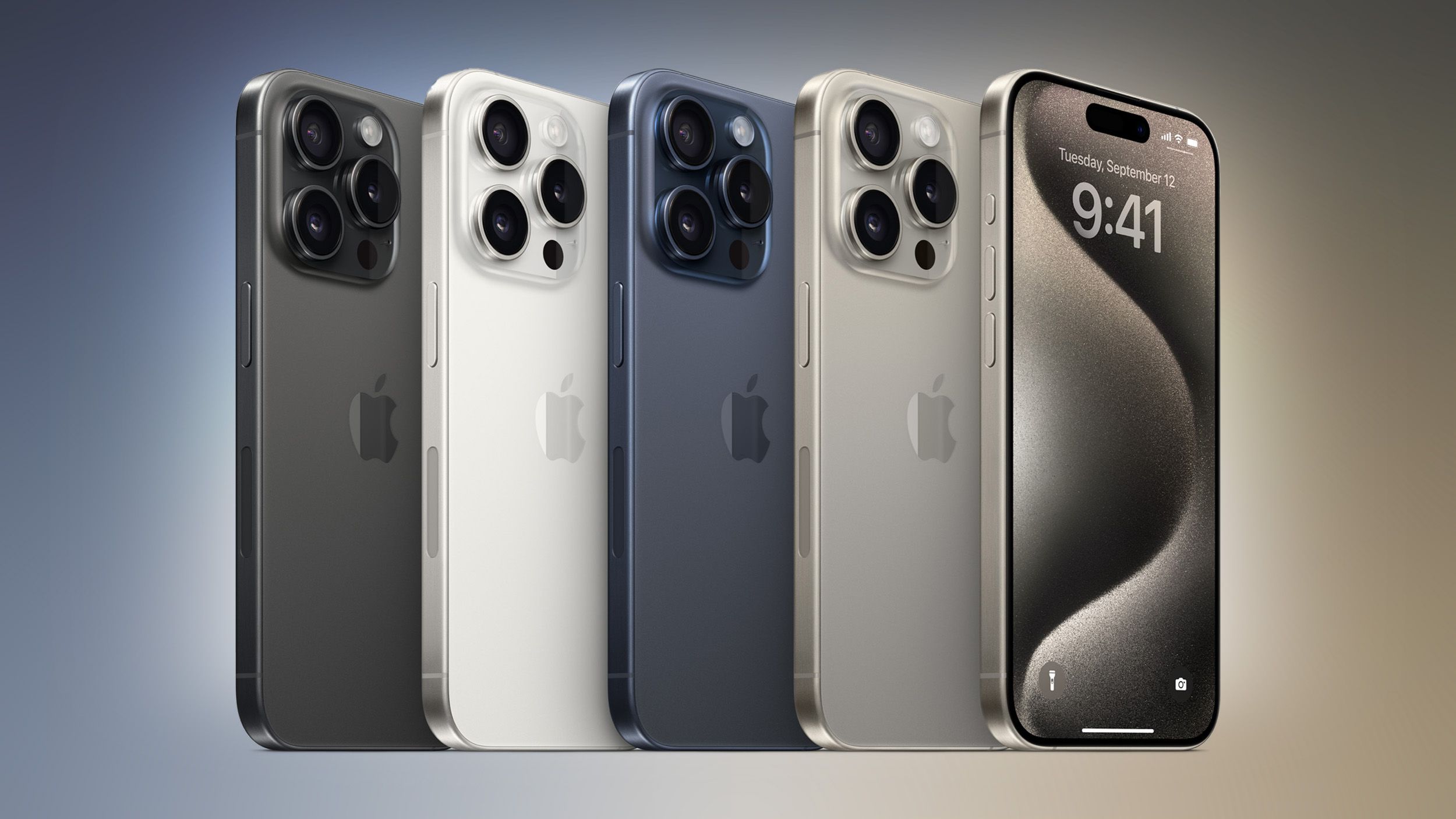I limit my laptop battery charge to 80% with a third party software tool. Laptops can generally bypass the battery and directly power themselves from the wall.
Does this new 80% battery limit setting imply that the new iPhones are able to do the same? Implication would be less battery wear while docked on a desk/in a car or due to long “AAA” gaming sessions, since it will draw power direct from the wall rather than using the battery as a middleman.



My question is why only on a new model? Can’t this be done at the software/firmware level so it can work on earlier models that are still supported with updates?
The charitable thinking was that it’s only on the new models because they actually modified the power delivery circuitry to allow bypassing the battery for power. As in, a reasonable hardware limitation that prevents any older models from doing it.
The less charitable thinking is that it’s arbitrary software lock, which is unfortunately not entirely out of character for the Apple either 😅.
When you plug your phone in you are already “bypassing” the battery. It’s just how batteries work, they can’t be powering a device while being charged at the same time since the current can only go one way at a time. Batteries can’t charge and discharge simultaneously. So what happens when you plug your phone into power is that the Power management circuit directly powers the phone and excess power charges the battery.
It’s just a software decision only the people in charge at Apple know why they would limit this to new models.
You’re right that batteries can’t be both in a “charging” and “discharging” state at the same time. However, a workload drawing 1 A from a battery and a charger supplying 2 A leads to net gain of 1 A, aka “charging”.
It isn’t both charging and discharging, it’s just in a state of charging, despite the workload it’s performing. Likewise, the battery can provide 2 A while only being charged 1 A, leading to a state of discharging.
So, a battery can totally power a device while simultaneously being charged, which I believe is how iPhones currently operate. The battery is always in the power path. Willing to be wrong, that’s just my current understanding.
The battery is not always in the power path. I thought that was how it worked for a long time but got clarification from a writer at anandtech who used to do SoC deep dives. When plugged in the iPhone is directly powered by the wall adapter, excess goes into the battery.
Sure it can. Battery state, temperature and all is controlled by software…
I don’t have an iPhone and don’t really know what goes on inside of them, but on my 2018ish Android phone battery passthrough / battery idle isn’t supported because it lacks the required hardware to do it (take a look at Advanced Charging Controller if you’re interested in this for your Android phone). Old iPhones may not have that circuitry either.
deleted by creator
Because Apple.